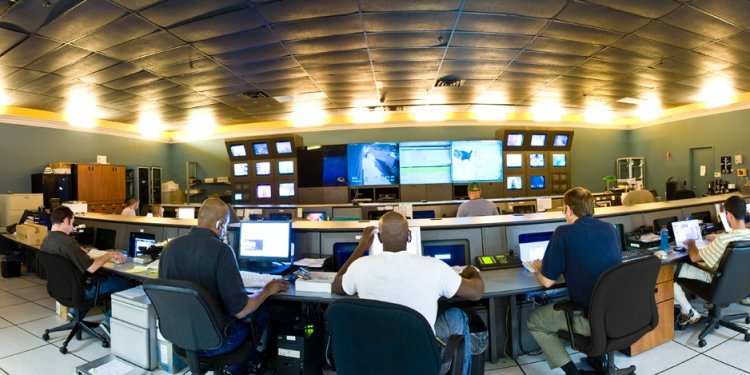
Controller Security Systems
 All home security systems work on the same basic principle of securing entry points, like doors and windows, as well as interior space containing valuables like art, computers, guns, and coin collections. Regardless of the size of your home, or the number of doors and windows or interior rooms a homeowner decides to protect, the only real difference is in the number of security components deployed throughout the home and monitored by the control panel.
All home security systems work on the same basic principle of securing entry points, like doors and windows, as well as interior space containing valuables like art, computers, guns, and coin collections. Regardless of the size of your home, or the number of doors and windows or interior rooms a homeowner decides to protect, the only real difference is in the number of security components deployed throughout the home and monitored by the control panel.
What is a security system?
The most basic definition of any security system is found in its name. It is literally a means or method by which something is secured through a system of interworking components and devices.
In this instance, we're talking about home security systems, which are networks of integrated electronic devices working together with a central control panel to protect against burglars and other potential home intruders.
A typical home security system includes:
- A control panel, which is the primary controller of a home's security system
- Door and window sensors
- Motion sensors, both interior and exterior
- Wired or wireless security cameras
- A high-decibel siren or alarm
- A yard sign and window stickers
How does a security system work?
Home security systems work on the simple concept of securing entry points into a home with sensors that communicate with a control panel or command center installed in a convenient location somewhere in the home.
The sensors are typically placed in doors that lead to and from a house as well as easily accessible windows, particularly any that open, especially those at ground level. Open spaces inside of homes can be secured with motion sensors.
Control Panel: The control panel is the computer that arms and disarms the security systems, communicates with each installed component, sounds the alarm when a security zone is breached, and communicates with an alarm monitoring company.
They typically feature a touchpad for easy programming and interaction, is where pass codes are entered to arm and disarm the system, can work on voice commands, and can be programmed to work with wireless remote controls called key fobs.
Door and Window Sensors: Door and window sensors are comprised of two parts installed adjacent to each other. One part of the device is installed on the door or window and the other on the door frame or window sill. When a door or window is closed, the two parts of the sensor are joined together, creating a security circuit.
When the security system is armed at the control panel, these sensors communicate with it by reporting that the point of entry is secure. Should a monitored door or window suddenly be opened, the security circuit is broken and the control panel interprets this as a breach of a secured zone. A high-decibel alarm is sounded and in most instances the alarm monitoring company is automatically notified.
Motion Sensors: These security components, when armed, protect a given space by creating an invisible zone that cannot be breached without sounding an alarm. These are typically used to protect rooms containing valuables, as well as areas less frequented in larger homes.
Surveillance Cameras: Available in both wired and wireless configurations, surveillance cameras can be used in several different ways as part of an overall security system.
Typical uses include monitoring:
- Hard to see or distant areas of your property
- Remote buildings like garages, barns, and workshops
- Entry points, both exterior and interior, like garage doors and front doors
Surveillance cameras can be accessed remotely on computers, smartphones, and tablets. They are often used in this method when homeowners are out of town, to watch for deliveries and other service personnel like caregivers and landscapers, and to monitor the arrival of children after school. They can also be used to record any security breaches, which could result in having footage of a home invasion, including a good look at the burglars and perhaps even the vehicle they drove.
High-decibel Alarm: Loud enough for neighbors to hear, home security alarms serve a few different purposes. First, they alert the people inside the house that a problem occurred. They're also shrill enough to send a burglar running while also notifying nearby neighbors to the situation.

















